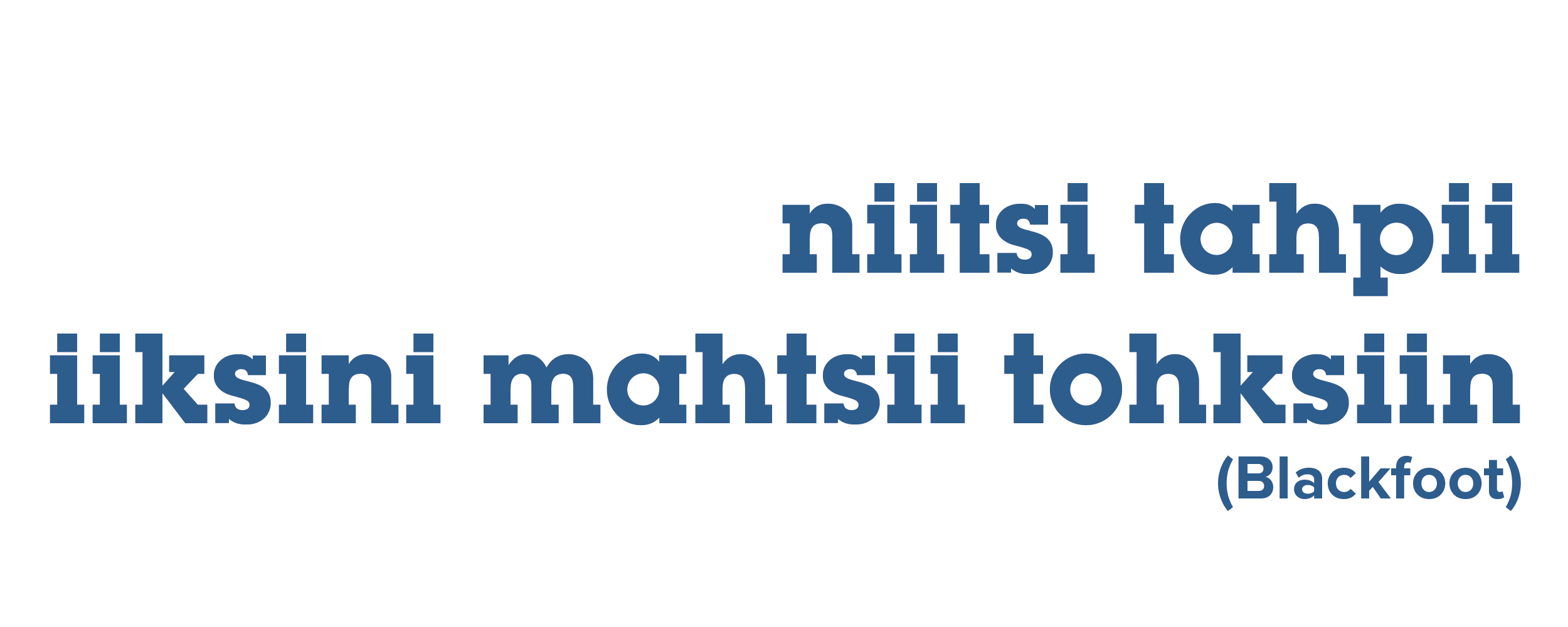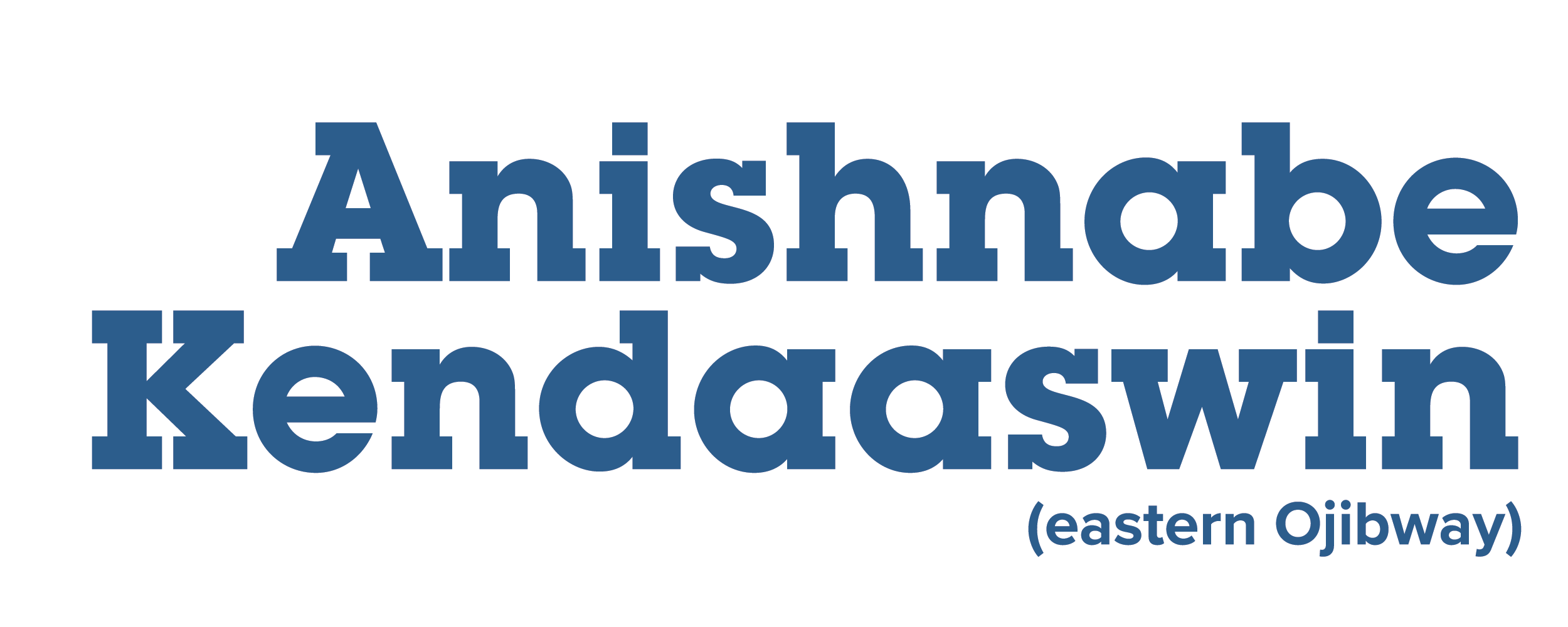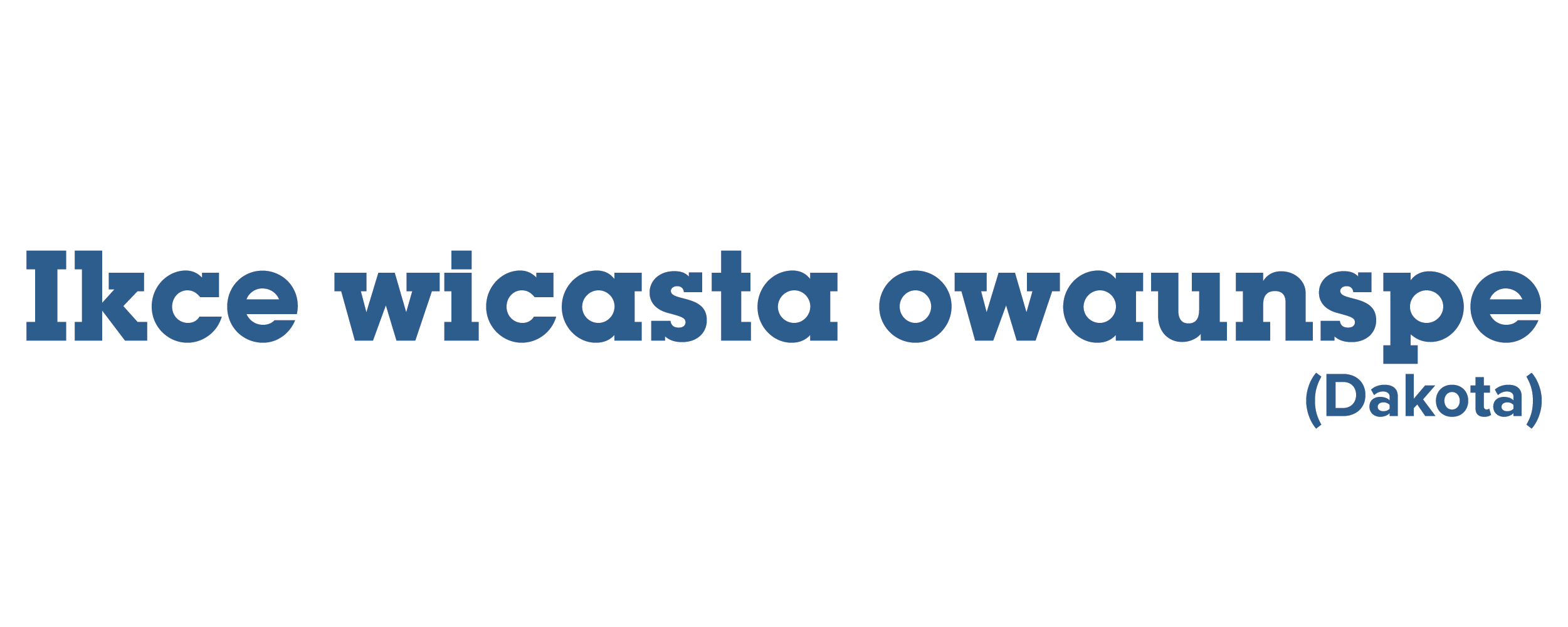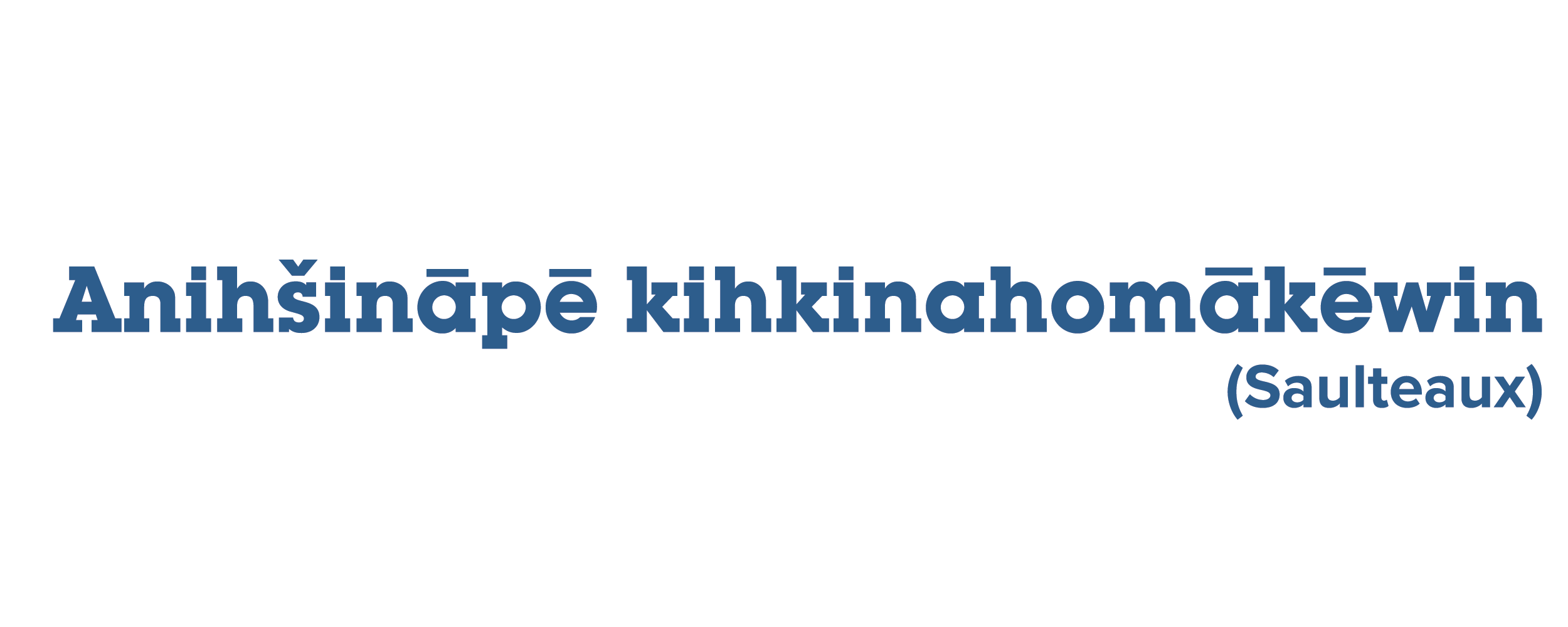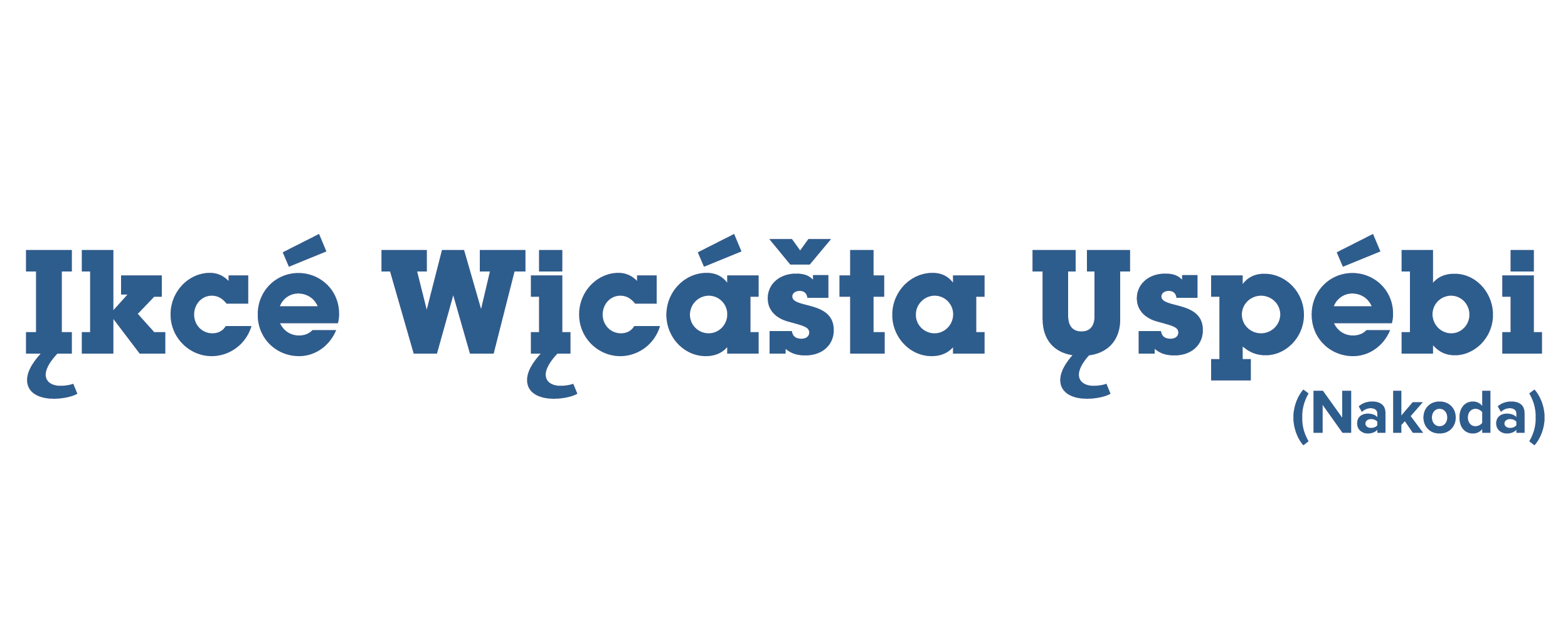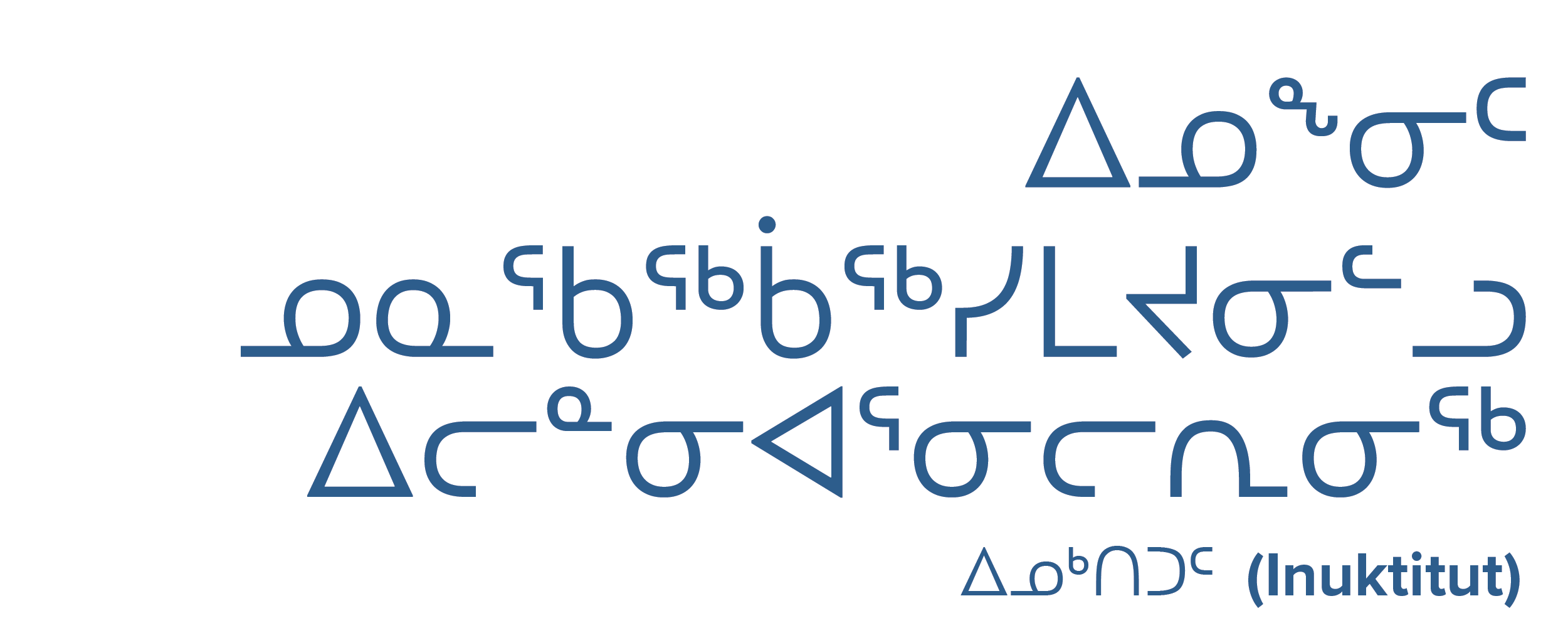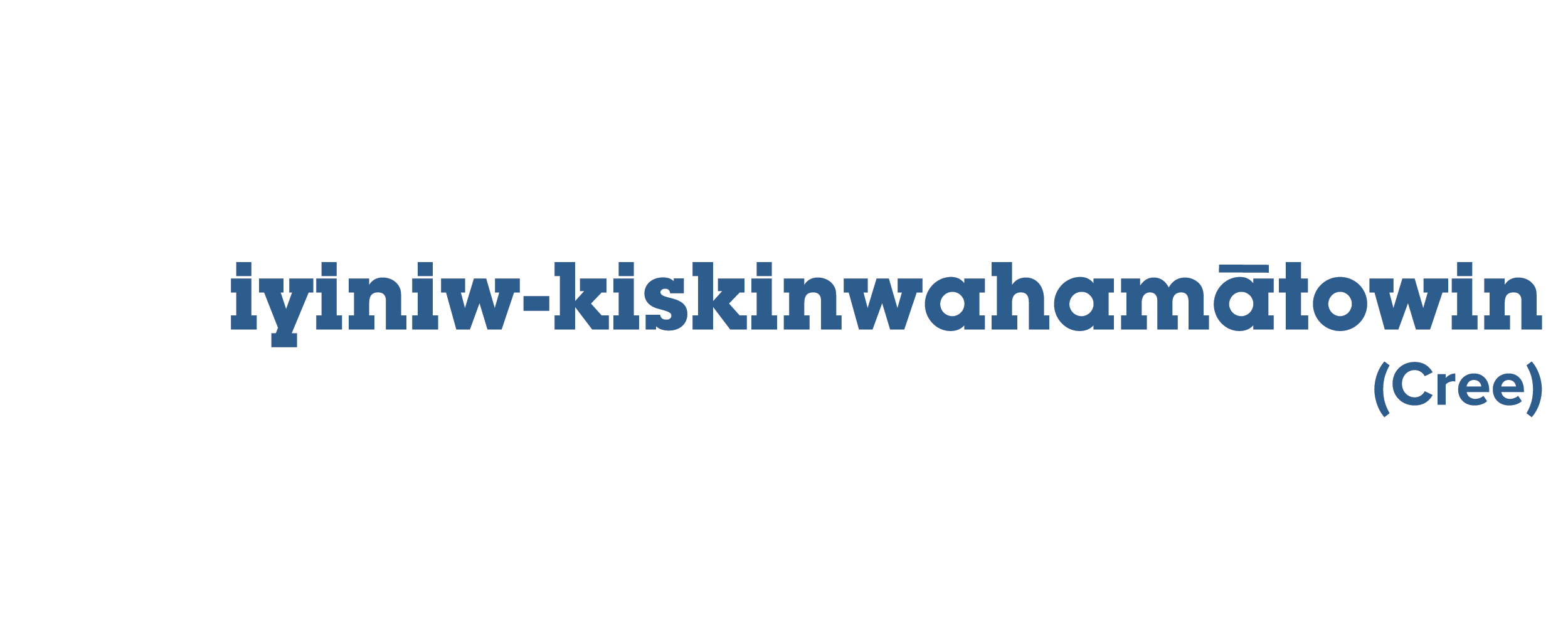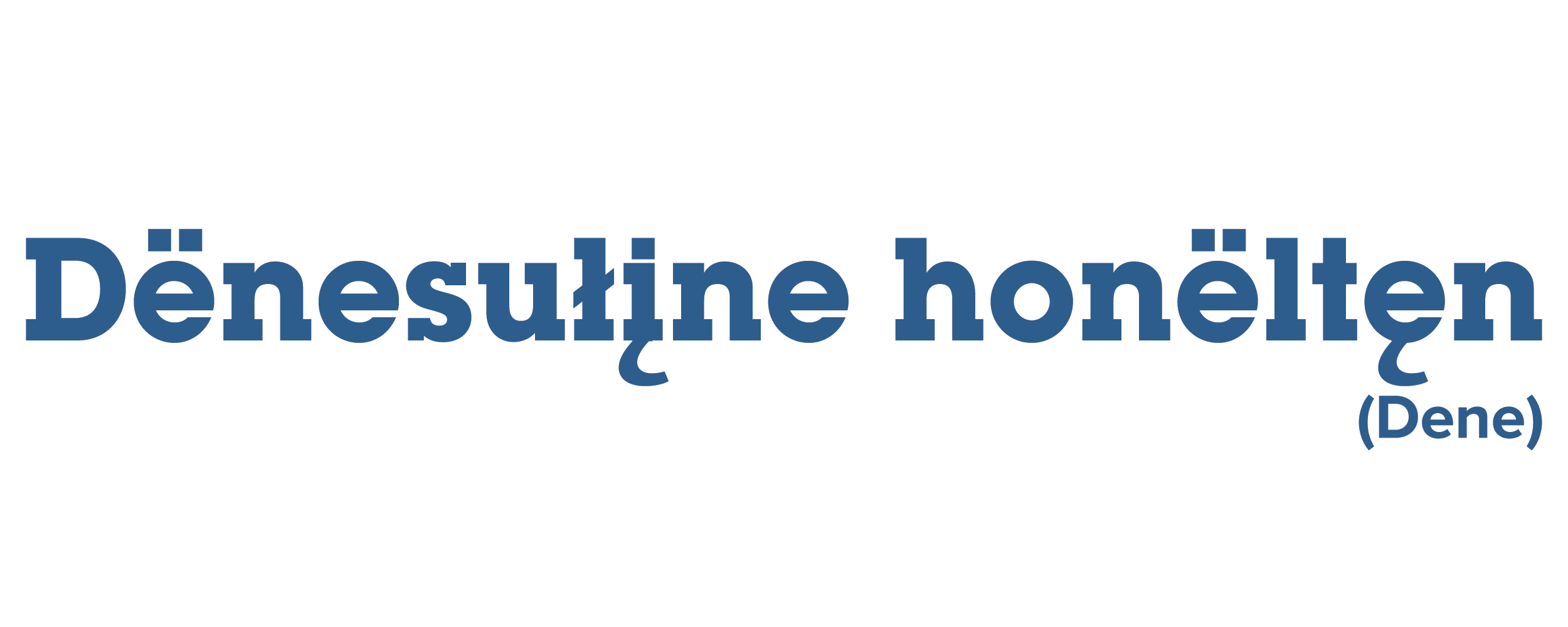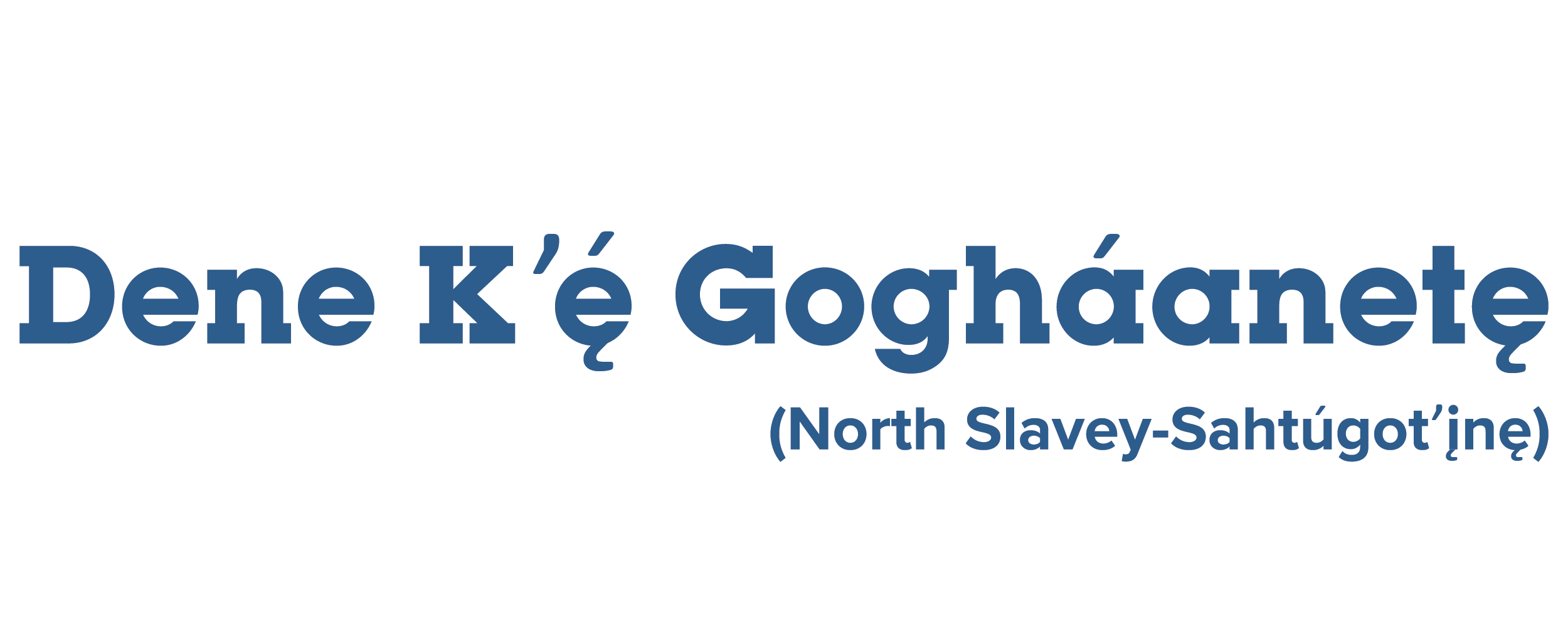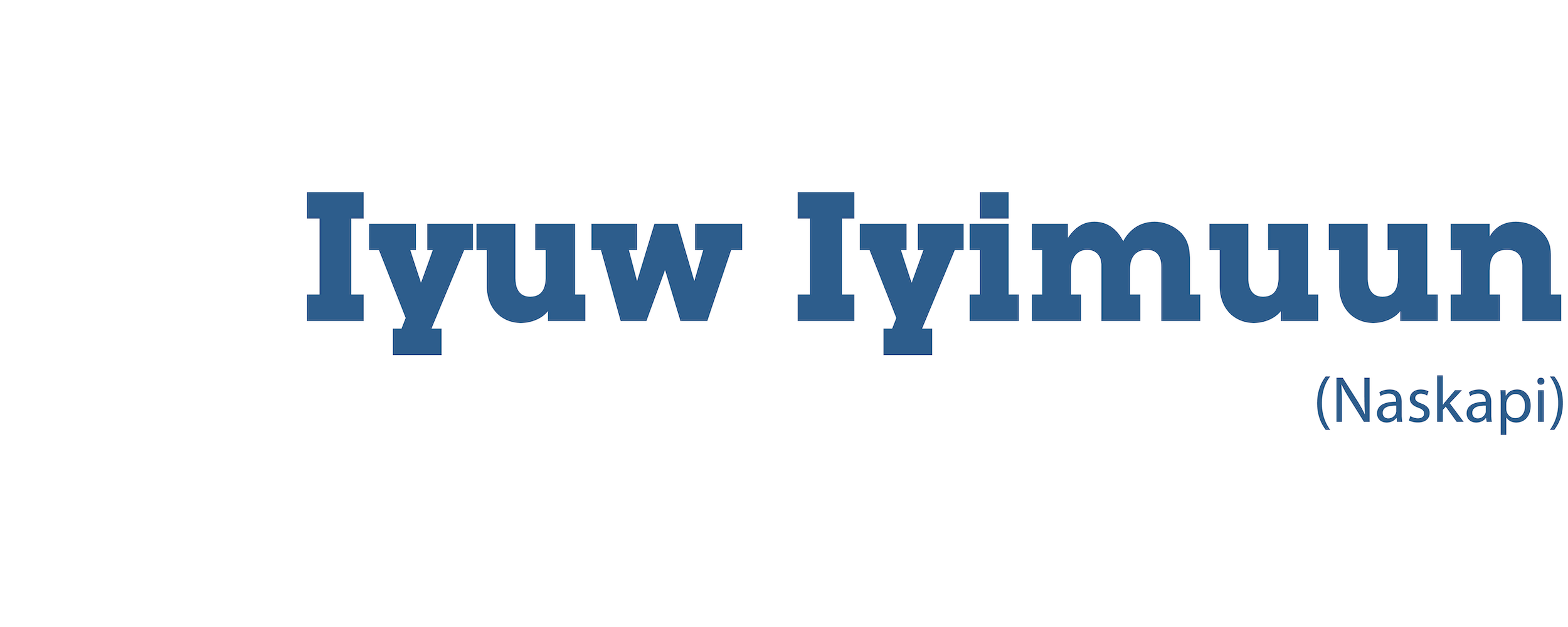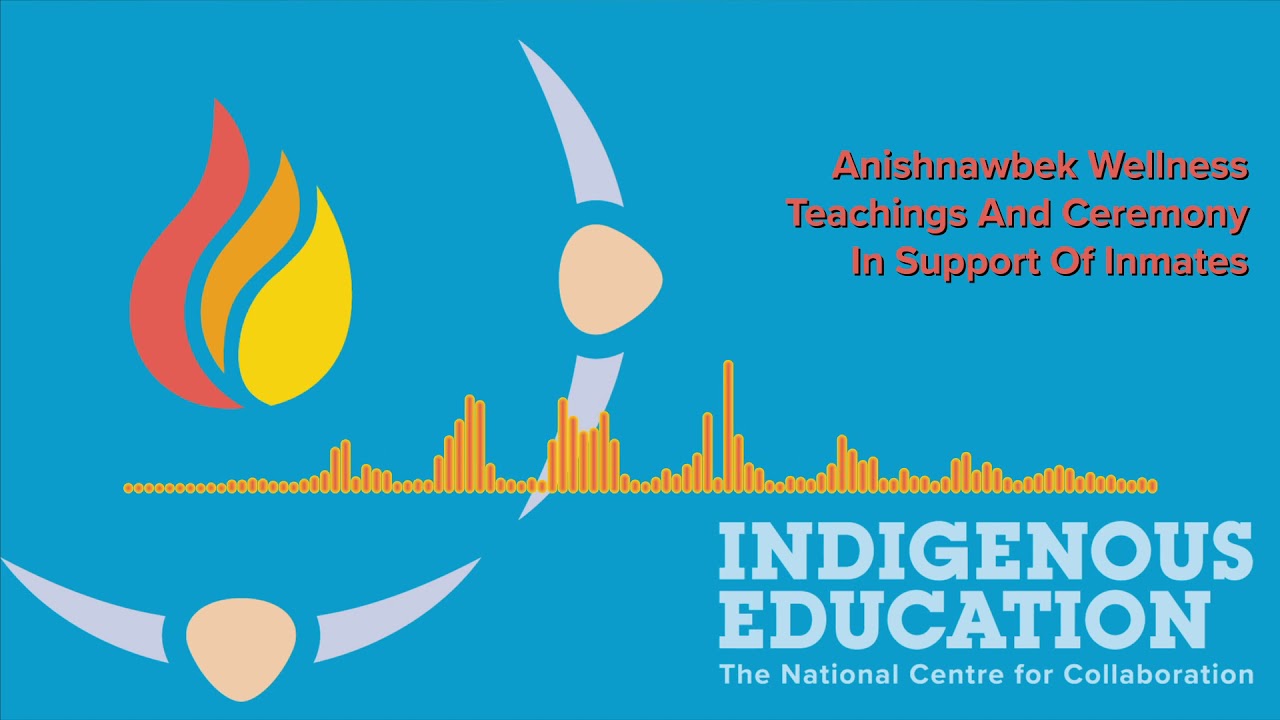Posted on by Gabrielle Pellerin
Developing models for nation-specific education through language revitalization and community engagement.
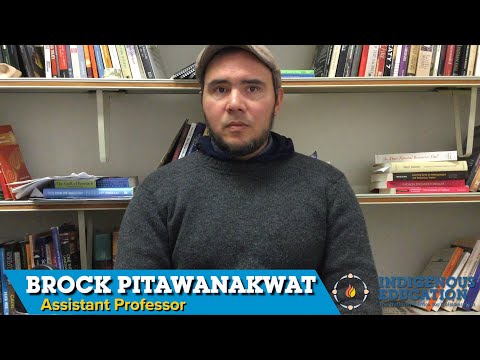
Developing models for nation-specific education through language revitalization and community engagement.
Posted on by Jeremiah Sharpe
Manitoba First Nations School System (MFNSS), begun in 2017, has been empowered to engage in Indigenous led education within the province. Established by the Manitoba First Nations Education Resource Centre (MFNERC), MFNSS is a First Nations-designed and led school system. For more information, visit: https://www.mfnss.com/About/Pages/default.aspx#/=.
Manitoba First Nations School System (MFNSS), begun in 2017, has been empowered to engage in Indigenous led education within the province. Established by the Manitoba First Nations Education Resource Centre (MFNERC), MFNSS is a First Nations-designed and led school system. For more information, visit: https://www.mfnss.com/About/Pages/default.aspx#/=.
Posted on by Marion Erickson
Hailey Prince details the Nak’azdli Cultural Centre’s aims and initiatives of capturing and maintaining Dakelh traditional knowledge through methods of traditional knowledge transfer from Elders. The centre offers programs and classes that are focused on strengthening areas of traditional Dakelh knowledge. Classes include teaching Dakelh language; drums, rattles, snowshoes, shawls, vests, baskets making; as well, […]
Hailey Prince details the Nak’azdli Cultural Centre’s aims and initiatives of capturing and maintaining Dakelh traditional knowledge through methods of traditional knowledge transfer from Elders. The centre offers programs and classes that are focused on strengthening areas of traditional Dakelh knowledge. Classes include teaching Dakelh language; drums, rattles, snowshoes, shawls, vests, baskets making; as well, learning traditional ways of hunting, trapping, and fishing. Among being a place of teaching and learning, the Cultural Centre is a support system to the community through ensuring all those in need are cared for. A food hamper program is an example Hailey describes as one way the centre ensures those in need are cared for. All donations given to the centre are offered to families in need. Traditional knowledge retention and community support are just some of the areas in which Hailey Prince views the Nak’azdli centre as an area of success in Indigenous education.
Posted on February 15, 2020 by Ashley Nadjiwon
Anishinaabe Elders who are constantly working towards reconciliation and bringing traditional knowledge to their people.
Anishinaabe Elders who are constantly working towards reconciliation and bringing traditional knowledge to their people.
Posted on by Ruby Thompson
Examples of formal and informal Indigenous Education from a ‘student of life’ who describes the importance of language and land-based learning.
Examples of formal and informal Indigenous Education from a ‘student of life’ who describes the importance of language and land-based learning.
Posted on December 27, 2019 by Emanuelle Dufour
Kakwiranó:ron Cook talks about the First Peoples House and McGill University’s initiatives to support Indigenous students in their academic studies and life on campus.
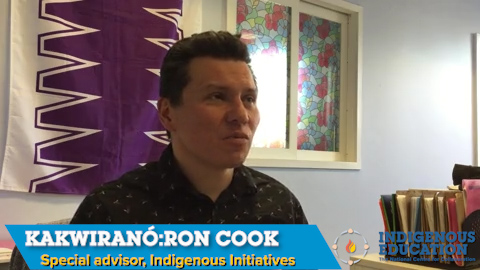
Since 1997, First Peoples House (FPH) has offered culturally appropriate support services for the university’s Indigenous learners. Often described as a “home away from home,” this dedicated space plays the role of community gathering place, healing, referral, support, tutoring, mentoring and educational guidance and even residence for several students. Some of the activities organized throughout the year include community soup and bannock dinners as well as mid-semester and annual events. In the summer, the FPH, in collaboration with the Faculty of Medicine, organizes the Eagle Spirit Camp, a three-day camp for potential future students aged 13 and 17, with the aim of encouraging them to realize their full educational and personal potential. Other events are organized in collaboration with other groups such as the Indigenous Student Alliance (ISA), a student interest group made up of Indigenous and non-Indigenous students and the Social Equity and Diversity Education’s Office (SEDE). For example, the Indigenous Awareness Week is held each year and culminates in a Pow Wow on campus in the fall semester, and the Indigenous Educational Series is organized, which takes place during the winter term and aims to raise awareness among the student population of Indigenous issues in Canada.
Posted on December 23, 2019 by Lisa Jodoin
Marilyn John, a math tutor at Se’t A’newey Kina’matino’Kuom, in Miawpukek First Nation, describes her work with students in grades 7,8 and 9. She talks about the community’s loss of language and the challenges of reviving Mi’Kmaw 80 years later. She concludes by advocating for the reintroduction of traditional crafts.
Marilyn John, a math tutor at Se’t A’newey Kina’matino’Kuom, in Miawpukek First Nation, describes her work with students in grades 7,8 and 9. She talks about the community’s loss of language and the challenges of reviving Mi’Kmaw 80 years later. She concludes by advocating for the reintroduction of traditional crafts.


